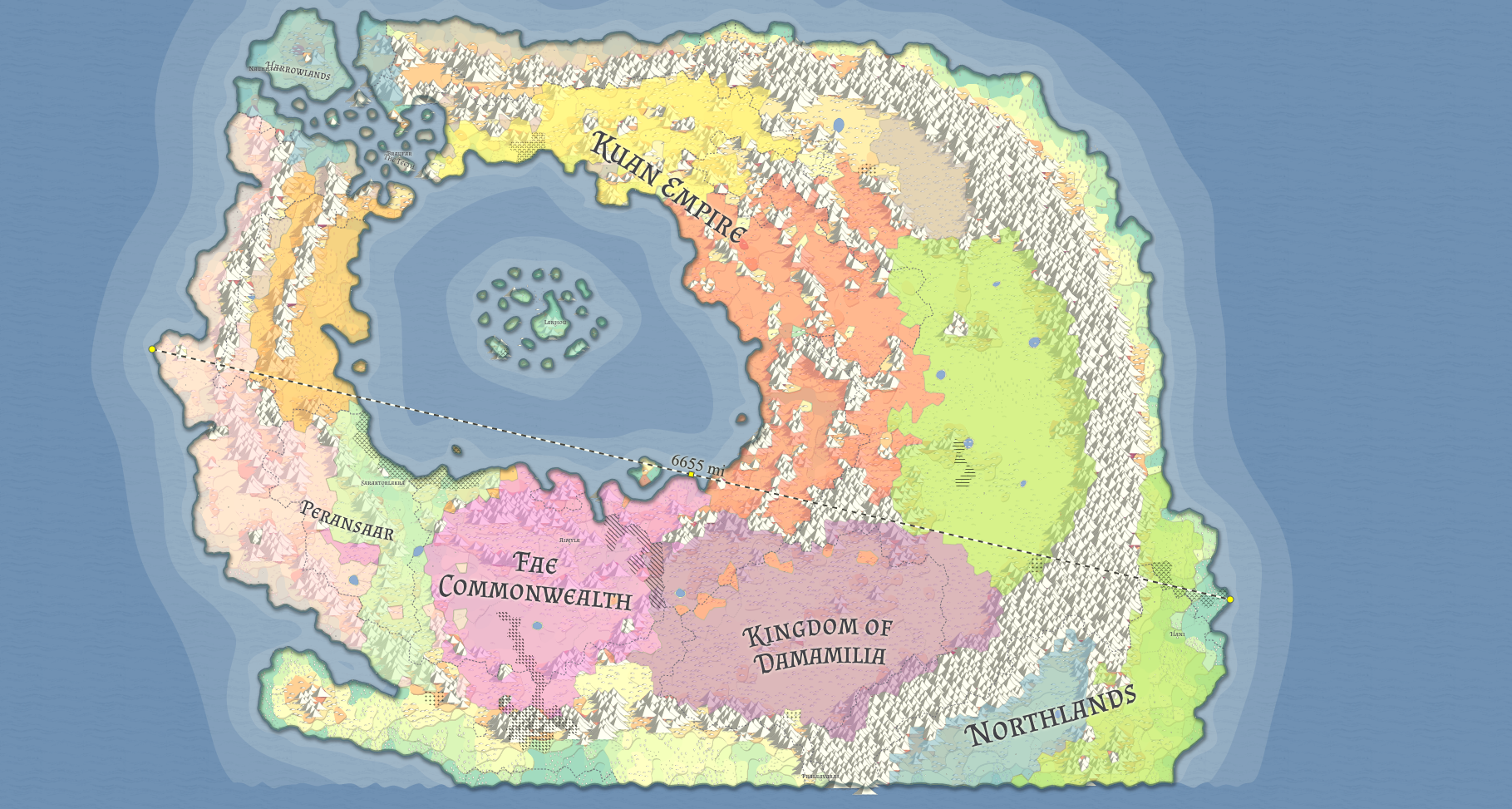Giant spider silk
The silk of giant spiders is strong, light and can be rough or smooth. Sticky strands or not. It is highly favored and expensive fabric material. The cost is because of the risks of hunting the silk and difficulty in obtaining it. Giant spiders range from a meter or so to 6 meter monsters. The spun web is a tangle typically but it can sometimes be unwound in a labor intensive process. The high quality silk is delivered in spindles.
Properties
Material Characteristics
Raw Giant spider silk is pale white to nearly transparent and glassy in many varieties. The Fae Commonwealth has a variety that is golden in color and is considered the most valuable. Tan and cream colors are also found. The silk comes in several varieties - dragline or structural silk is thicker, stronger and rougher. Capture and wrap silk is finer and is elastic, stretching upto 50% and returning to original length. Spider silk is generally stronger and rougher than other silks.
Origin & Source
The recently slain giant spider can be "milked" for a spindle or two of silk which may be a dozen meters or more of fibers. Larger specimens produce more. Some collect the discarded spider waste of consumed prey -though these cocoons have broken fibers and contain gruesome leftovers. Bolder hunters will drug or sedate the spiders. They make milk many spindles. The most successful use magics - dealing with Spider spirits, commanding or making deals with the spiders themselves. Sometimes deals go badly and hunters fight for their lives instead. But when it goes well dozens of fat spindles of silk can be delivered to weavers and dyers for production of silk ropes, fine dresses, shirts, and other garments.
History & Usage
Everyday use
Spider silk is expensive due to the high risks and specialized skills needed to gather it in quantity. Noble and gentry buy fine garments of the exotic fabric. Decorative ropes or specialized ones that must be light, small and strong use the spider silk. The elastic properties allow clothes that move with the wearer while fitting tightly.
Cultural Significance and Usage
Silks generally are displays of wealth. The material is expensive no matter the source. It is labor intensive to produce. The fibers are warm yet allow airflow while being light and lustrous and are highly desired by those who can afford it. The Fae especially have a high demand for the material.
Refinement
The raw silk is boiled in a tea of various substances - lightly caustic and astringents that strip away the gum that makes the fibers stick to one another. They are then carefully unwound into new spindles
Distribution
Trade & Market
Wild mountain areas, remote forests and dark caverns are popular nesting spots for the giant spiders. Anywhere they are seen or rumored, silk hunters will venture. The Fae Commonwealth, Esereti lands and southern Golam region are known for Giant Spider silk. The rare golden silk of the Commonwealth and output of talented gnomish workers makes the Fae Commonwealth a prime source of spider silk and Fae traders travel the region with their wares and selling the glamor of Commonwealth spider silk.
Value
100-300 Silver Talents per Kg ( each spindle being 1 kg) and being a dozen meters. Raw webbing is hand picked into threads and pays just 10-20 silver per kg.


I know it's kind of a silly question since, you k ow, they're giant spiders, but could they be farmed for their silk? Is there any difference with golden silk other than it's color?
There is actually a real world cape and shawl made of golden spider silk from Golden Orb weaver spiders. The golden silk is drag line, which has less elasticity than capture or wrapping silk. Also web material contracts when wet. Spider farming is possible in the real world, but less than a meter of silk per strand. The cape and shawl took years to make. In a fantasy world, magically controlled giant spiders? Isolated cells, feeding, cleaning..... a brief video: https://www.youtube.com/watch?v=lRQ60KG61C8